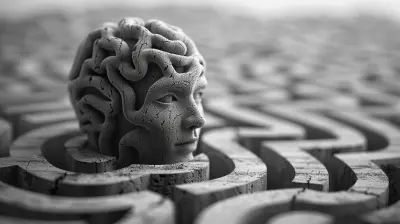The Implicit Bias: Unconscious Preferences That Influence Our Actions
6 May 2025
Have you ever noticed yourself making quick judgments about someone without even realizing it? Maybe it’s the way they look, their accent, or the way they dress. You don’t want to admit it, but deep down, something inside you reacts. That “something” is called implicit bias, and it’s more common than you might think.
Implicit bias refers to the subconscious attitudes or stereotypes that affect our understanding, actions, and decisions. These biases are not something we openly acknowledge or even realize we have, which is what makes them so sneaky. They quietly shape how we see the world and interact with others—without us even knowing it!
In this article, we’ll explore the ins and outs of implicit bias—what it is, where it comes from, how it affects our daily lives, and, most importantly, how we can become more aware of it. So buckle up, because this is one wild psychological rollercoaster you didn’t know you were on!
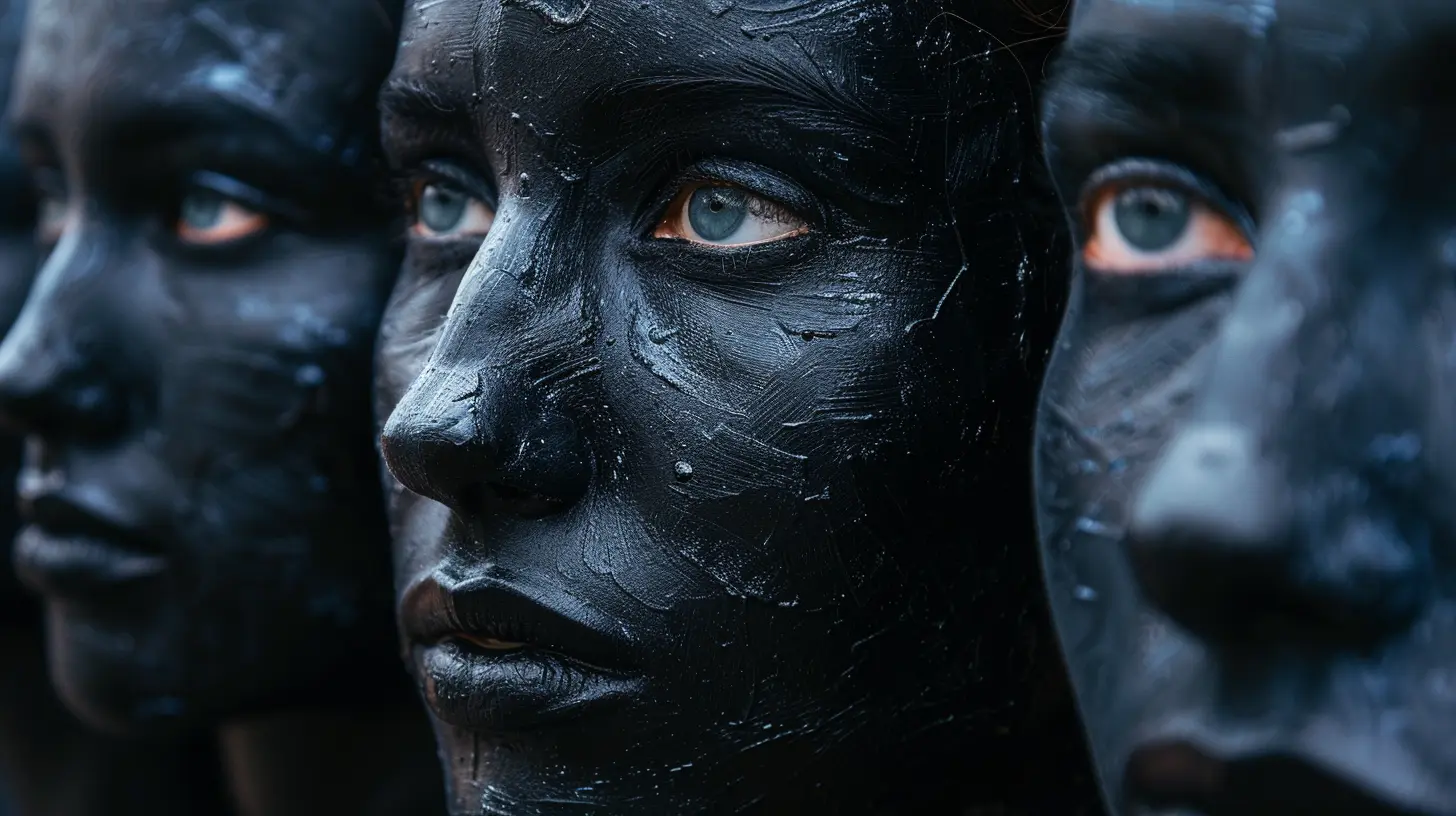
What Exactly Is Implicit Bias?
Let’s start with the basics. Implicit bias is unconscious. Unlike explicit bias, where someone might openly admit, “I don’t trust people from this group,” implicit bias operates in the shadows. It’s like having a hidden filter that colors your perceptions without your permission.For example, imagine you’re hiring for a job. Two resumes land on your desk. Both candidates are qualified, but one has a name that sounds foreign. Without realizing it, you might lean toward the candidate with the more familiar-sounding name. It’s not that you consciously dislike foreign names, but your brain has already made a split-second judgment.
Psychologists believe implicit bias is a result of our brains trying to process massive amounts of information quickly. Our brains love shortcuts. They categorize people, places, and things based on past experiences, societal norms, and cultural conditioning. These mental shortcuts often happen without us even noticing.
The Science Behind Implicit Bias
So, where does implicit bias come from? Well, it’s deeply rooted in our brain’s automatic processing system. The human brain is a complex machine, constantly working to make sense of the world. To do this efficiently, it creates associations—connecting certain traits or behaviors with specific groups of people.These associations are learned over time from various sources—media, upbringing, education, and even our social circles. Unfortunately, not all of these associations are fair or accurate. For instance, if we’re consistently exposed to news stories that link certain groups with crime or poverty, our brains may unconsciously form negative associations with those groups, even if we don’t consciously believe in those stereotypes.
Researchers often use something called the Implicit Association Test (IAT) to measure these biases. The IAT asks participants to quickly categorize images or words. The speed and accuracy with which people make these associations reveal their unconscious biases.
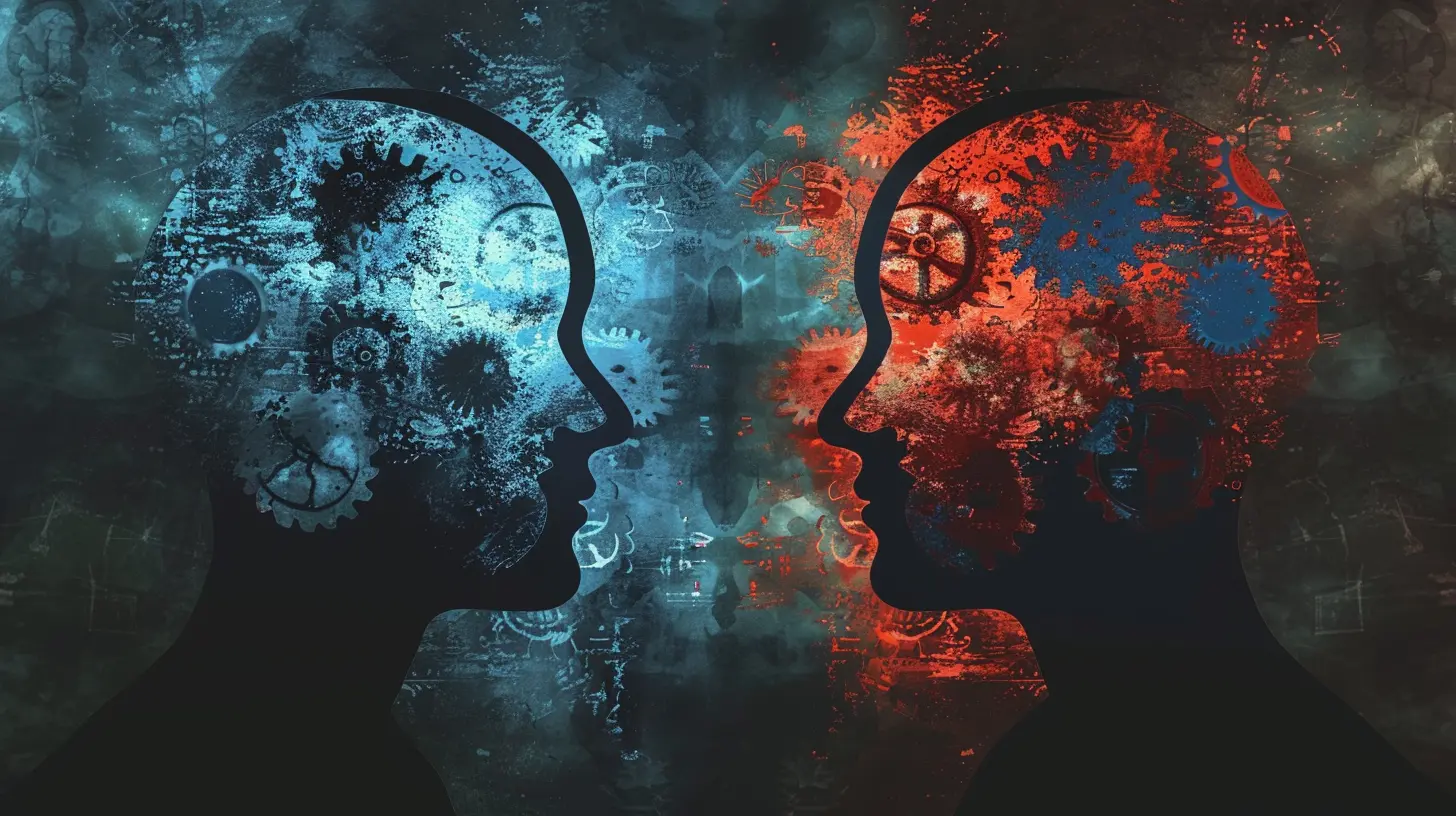
How Implicit Bias Affects Our Decisions
Now, you might be thinking, “Okay, I get it—implicit bias exists. But how does it actually affect me?” Here’s the thing: it influences everything—from the way we treat others to the decisions we make about who to hire, date, or trust.In the Workplace
Let’s talk careers for a moment. Implicit bias can have a profound effect on hiring practices, promotions, and even day-to-day interactions at work. Studies have shown that resumes with traditionally "white-sounding" names are more likely to get callbacks than those with ethnic-sounding names, even when the qualifications are identical. This isn’t because hiring managers are explicitly racist or prejudiced; it’s because their implicit biases are quietly influencing their decisions.And it’s not just about race. Gender, age, and even attractiveness can all play a role in how someone is perceived in the workplace. Women, for example, often face implicit biases that suggest they might be less competent in leadership roles compared to men. This can lead to fewer promotions and opportunities for women in male-dominated industries.
In Healthcare
Believe it or not, implicit biases can even affect our health. There’s evidence to suggest that healthcare providers, despite their best intentions, may treat patients differently based on race, gender, or socioeconomic status. For instance, studies have found that Black patients are less likely to receive pain medication than their white counterparts, even when they report the same level of pain.This is not because doctors are consciously biased, but because their implicit biases may be impacting their judgment. The consequences are serious—life and death, in some cases.
In Education
Teachers are not immune to implicit biases, either. These biases can affect how they treat students, which students they expect to excel, and even how they grade assignments. For example, implicit biases might lead teachers to expect less from minority students or boys in comparison to girls, which can affect the students' performance and self-esteem in the long run.It’s a subtle, often unintentional discrimination, but its impact can last for years, shaping the future of young minds.
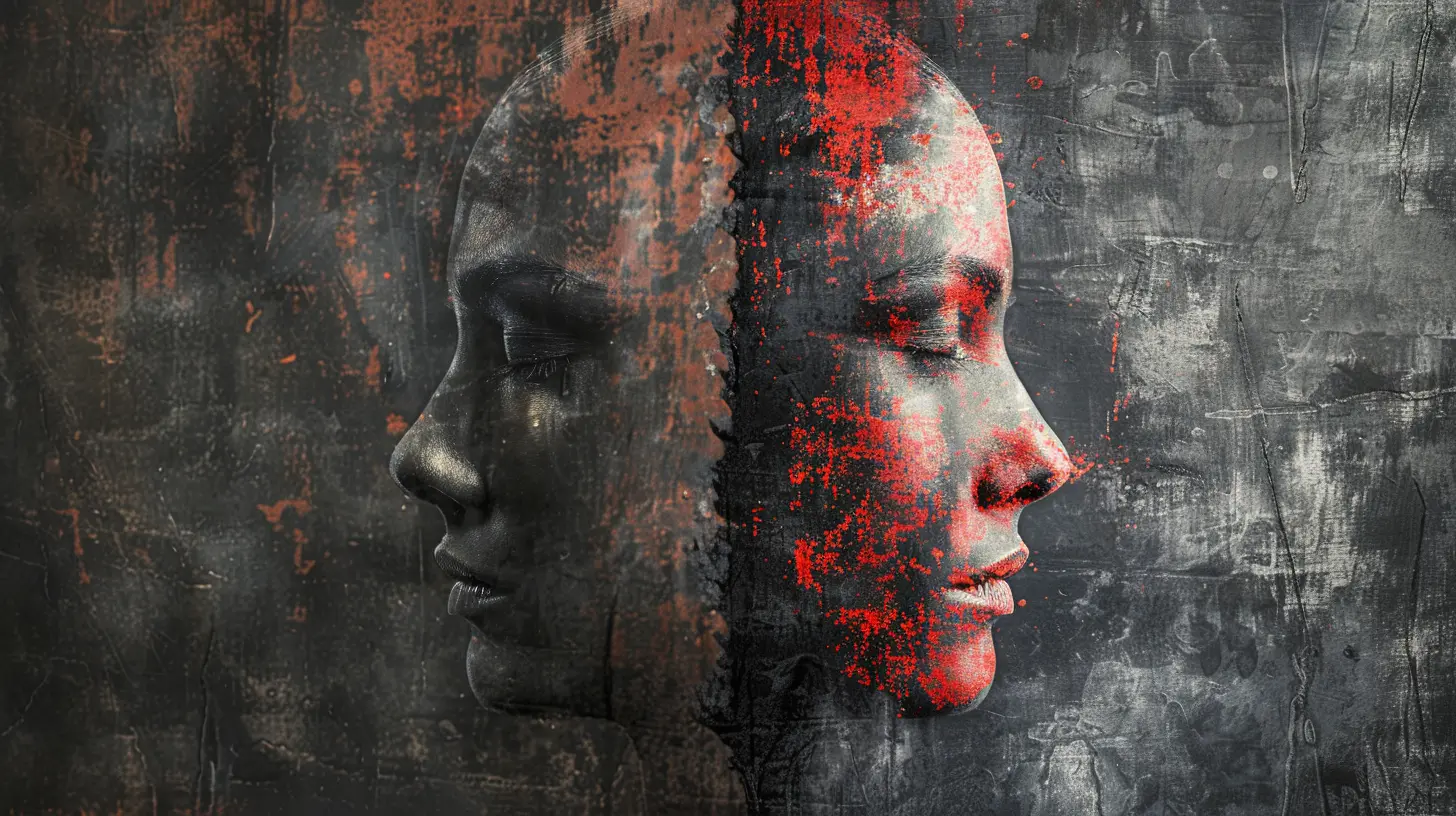
Can We Overcome Implicit Bias?
Alright, we’ve established that implicit bias is real and can have some pretty serious consequences. But here’s the million-dollar question: Can we do anything about it?The good news is, yes! While we may not be able to fully eliminate implicit bias—because, let’s face it, our brains will always try to take shortcuts—we can definitely take steps to minimize its impact.
Step 1: Awareness is Key
The first step to overcoming implicit bias is simply becoming aware of it. You can’t change what you don’t acknowledge, right? Taking tests like the Implicit Association Test (IAT) can help you uncover your own unconscious biases. It might be uncomfortable, but it’s a necessary first step.Step 2: Slow Down Your Thinking
Implicit biases thrive in situations where we have to make quick decisions. When we’re in a rush, our brains rely more on those mental shortcuts. That’s why it’s important to slow down and take the time to think carefully, especially when making important decisions. Whether it’s hiring someone or deciding how to treat a patient, being mindful of potential biases can make a big difference.Step 3: Increase Exposure to Diversity
One effective way to combat implicit bias is to increase exposure to diversity. This means stepping outside your bubble and interacting with people from different backgrounds, cultures, and experiences. The more diverse your experiences, the less likely you are to rely on stereotypes or mental shortcuts.Step 4: Challenge Stereotypes
When you catch yourself making an assumption about someone based on their appearance or background, take a moment to question it. Ask yourself, "Is this assumption based on facts or stereotypes?" Consciously challenging your own thoughts can help reduce the influence of implicit bias over time.Step 5: Implement Structural Changes
For organizations, implementing structural changes can help reduce the impact of implicit bias. This might include things like blind recruitment (where personal details like name and gender are hidden from resumes), diversity training, or creating guidelines for inclusive hiring practices.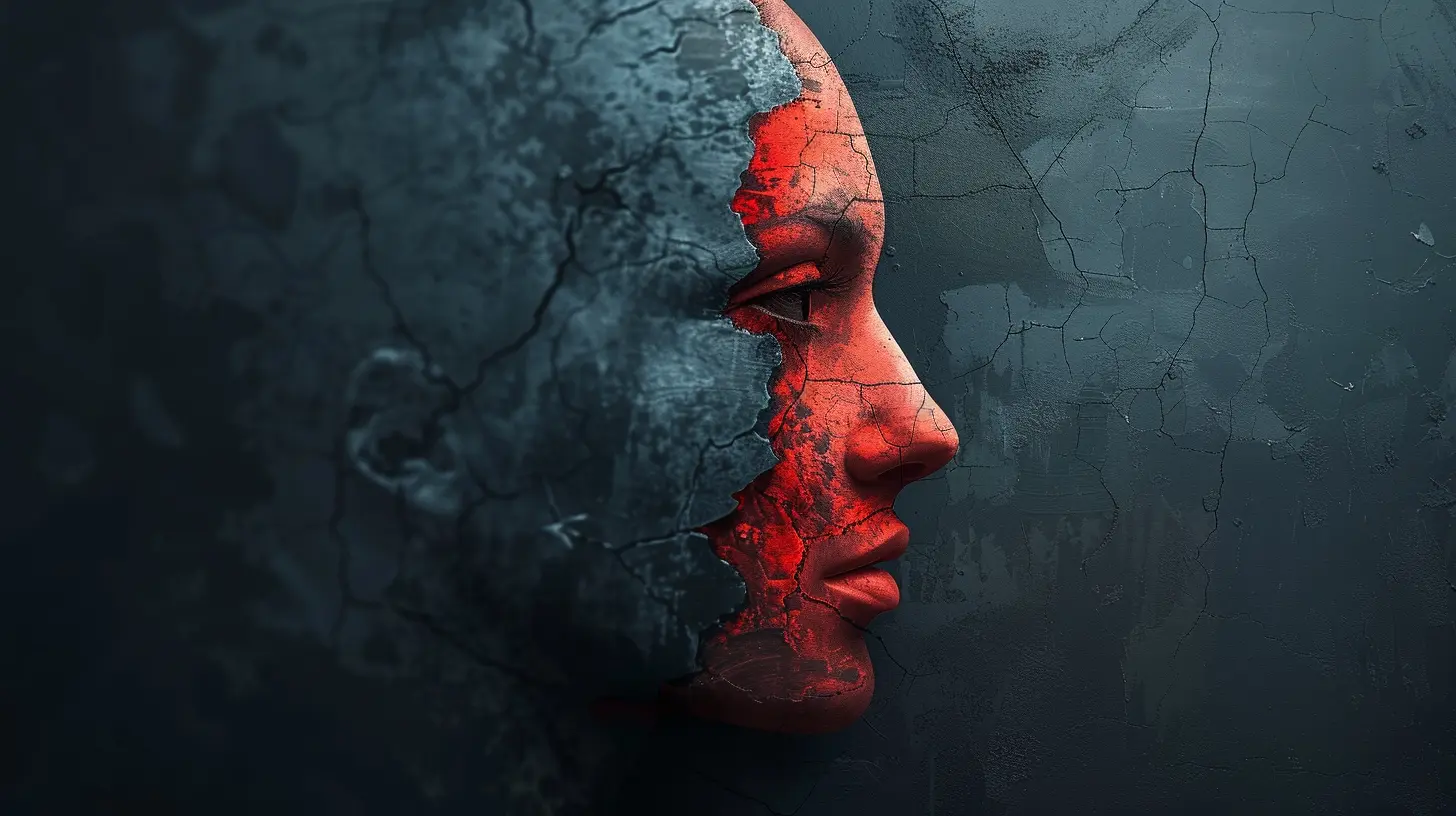
The Impact of Implicit Bias on Society
So far, we’ve focused on the individual level, but implicit bias is also a societal issue. When countless individuals are influenced by implicit biases, it can lead to systemic inequalities.Think about it: if employers, teachers, healthcare workers, and law enforcement officers all harbor implicit biases—whether they realize it or not—those biases can accumulate into large-scale disparities. For example, implicit bias is one of the factors that contributes to the racial wage gap, disparities in healthcare outcomes, and even the disproportionate incarceration rates for people of color.
Implicit bias has a ripple effect. What starts as an unconscious decision on the part of one person can end up perpetuating inequality across whole communities or even entire nations.
Why Should We Care?
At this point, you might be asking, “Why should I care about implicit bias if it’s something I can’t fully control?” Here’s the thing: while implicit bias may be unconscious, its effects are very real and very controllable. By becoming more aware of our biases, we can make better decisions, treat others more fairly, and contribute to a more just and equitable society.Imagine a world where everyone made an effort to challenge their unconscious biases. It wouldn’t be perfect, but it would certainly be a step in the right direction—a world where opportunities aren’t limited by someone’s name, gender, or skin color.
Final Thoughts
Implicit bias is one of those hidden forces that shape our lives in ways we don’t always recognize. It’s like an invisible hand guiding our actions, thoughts, and decisions. But just because it’s unconscious doesn’t mean we’re powerless against it. By becoming aware of our implicit biases and taking mindful steps to counteract them, we can create a more equitable and inclusive world.So next time you catch yourself making a snap judgment about someone, take a breath and ask yourself: is this my implicit bias talking? You might just surprise yourself.
all images in this post were generated using AI tools
Category:
Psychological BiasAuthor:

Matilda Whitley
Discussion
rate this article
3 comments
Esme Butler
Biases be sneaky, huh?
May 8, 2025 at 3:13 AM

Matilda Whitley
Absolutely! Implicit biases often lurk beneath our awareness, shaping our decisions and actions in subtle ways. It's crucial to recognize and address them.
Nora McVey
In shadows deep where thoughts reside, Our biases, like whispers, hide. Invisible threads weave choice and chance, Guiding actions in a silent dance. Awareness blooms, the mind takes flight; To see the unseen is to ignite. In understanding’s light, we break the night.
May 7, 2025 at 3:12 PM

Matilda Whitley
Thank you for your thoughtful reflection! You've beautifully captured the essence of how implicit biases subtly shape our decisions and the importance of awareness in overcoming them.
Nell Hodge
What a fantastic read! Understanding implicit bias is such a crucial step toward fostering empathy and inclusivity in our daily interactions. The insights shared here inspire us to reflect on our unconscious preferences and strive for positive change. Keep spreading awareness! 🌟
May 7, 2025 at 2:20 AM

Matilda Whitley
Thank you for your thoughtful comment! I'm glad you found the insights valuable. Together, we can foster greater empathy and inclusivity. 🌟
